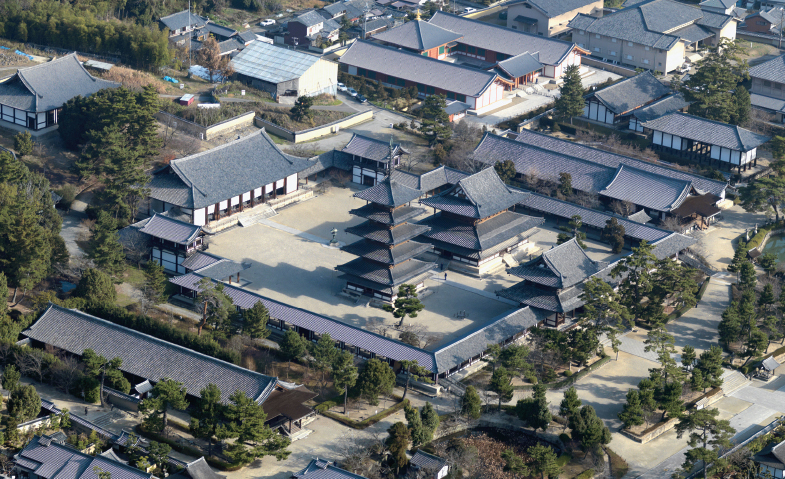Japan
The heart of Japan is four mountainous islands off the coast of Korea (see Map 7.3). Since the land is rugged and lacking in navigable waterways, the Inland Sea, like the Aegean in Greece, was the easiest avenue of communication in early times. Hence the land bordering the Inland Sea — Kyushu, Shikoku, and Honshu — developed as the political and cultural center of early Japan. Geography also blessed Japan with a moat to protect it against external interference — the Korea Strait and the Sea of Japan.
Japan’s early development was closely tied to that of the mainland, especially to Korea. Anthropologists have discerned several major waves of immigrants into Japan. People of the Jōmon culture, established by about 10,000 B.C.E., after an influx of people from Southeast Asia, practiced hunting and fishing and fashioned clay pots. New arrivals from northeast Asia brought agriculture and a distinct culture called Yayoi (ca. 300 B.C.E.–300 C.E.). During the Han Dynasty, objects of Chinese and Korean manufacture found their way into Japan, an indication that people were traveling back and forth as well. In the third century C.E. Chinese histories begin to report on the land called Wa made up of mountainous islands. It had numerous communities with markets, granaries, tax collection, and class distinctions.
During the fourth through sixth centuries new waves of migrants from Korea brought the language that evolved into Japanese. They also brought sericulture (silkmaking), bronze swords, crossbows, iron plows, and the Chinese written language. In this period a social order similar to Korea’s emerged, dominated by a warrior aristocracy organized into clans. Each clan had its own chieftain, who marshaled clansmen for battle and served as chief priest. Over time the clans fought with each other, and their numbers were gradually reduced through conquest and alliance. By the fifth century the chief of the clan that claimed descent from the sun-
The Yamato rulers used their religion to subordinate the gods of their rivals, much as Hammurabi had used Marduk in Babylonia (see “Empires in Mesopotamia” in Chapter 2). This native religion was later termed Shinto, the Way of the Gods. Buddhism was formally introduced in 538 C.E. and coexisted with the Shinto reverence for the spirits of ancestors and all living things.
In the sixth century Prince Shōtoku (574–
Prince Shōtoku’s Reforms: The Seventeen Principles of 604
- Drew from both Confucian and Buddhist teachings
- Likened the ruler to Heaven
- Instructed officials to put their duty to the ruler above the interest of their families
- Instituted a ladder of official ranks similar to China’s
- Admonished the nobility to avoid strife and opposition
- Urged adherence to Buddhist precepts
State-

Increased contact with the mainland had unwanted effects as well. In contrast to China and Korea, Japan had been relatively isolated from many deadly diseases, so when diseases arrived with travelers, people did not have immunity. The great smallpox epidemic of 735–
The Buddhist monasteries that ringed Nara were both religious centers and wealthy landlords, and the monks were active in the political life of the capital. Copying the policy of the Tang Dynasty in China, the government ordered every province to establish a Buddhist temple with twenty monks and ten nuns to chant sutras and perform other ceremonies on behalf of the emperor and the state. When an emperor abdicated in 749 in favor of his daughter, he became a Buddhist monk, a practice many of his successors would later follow.
>QUICK REVIEW
Why did elites in Korea, Vietnam, and Japan find aspects of Chinese culture and government so appealing?